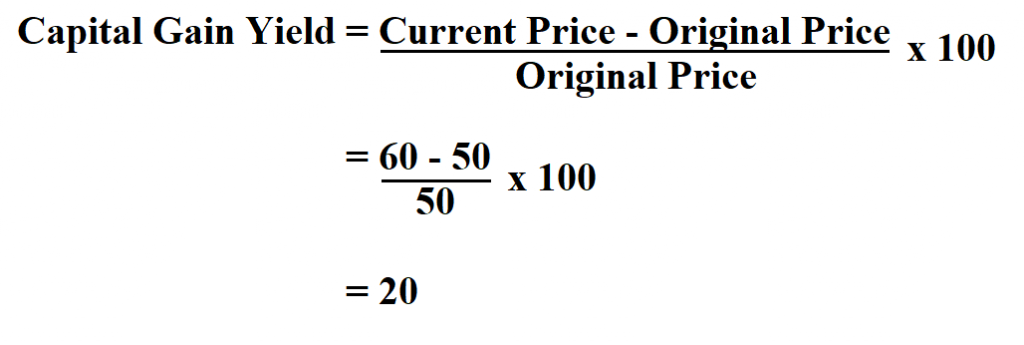What is Capital Gains Yield?
In this article, we will define and discuss how to calculate capital yield gains. Capital gains yield (CGY) refers to the profits or losses an investor earns on a financial instrument that appreciates or depreciates in price during the time the investor possesses it. In other words, CGY indicates the rate of change of the price of the financial instrument.
The capital gains yield calculation only takes into account the increase in the stock price and neglects any other income earned, such as via dividends and it is commonly expressed as a percentage.
The capital gains is positive if the asset’s value inclines over time, causing a rise in the asset price within that period. While the CGY becomes negative when there is a capital loss. A capital loss occurs when the asset declines in value over time, leading to a decline in the asset price.
Investors calculate a security’s CGY because the formula shows how much the price fluctuates. This helps an investor to decide which securities are a good investment.
Uses of Capital Gain Yield.
- Many companies don’t pay dividends. In that case, the investors can only get the capital gain yield as the return on investments.
- Since this yield can be positive or negative, it affects the investors’ total returns.
- It helps to understand the amount of tax you have to pay on your investment.
- Understand the components of your investment returns.
- Understand the volatility of your investment
Formula to Calculate Capital Gains Yield.

Example:
Suppose the original price of a commodity was $50, currently the commodity is worth $ 60. Calculate the capital gain yield.

Thus, the capital gain yield is 20 %.

